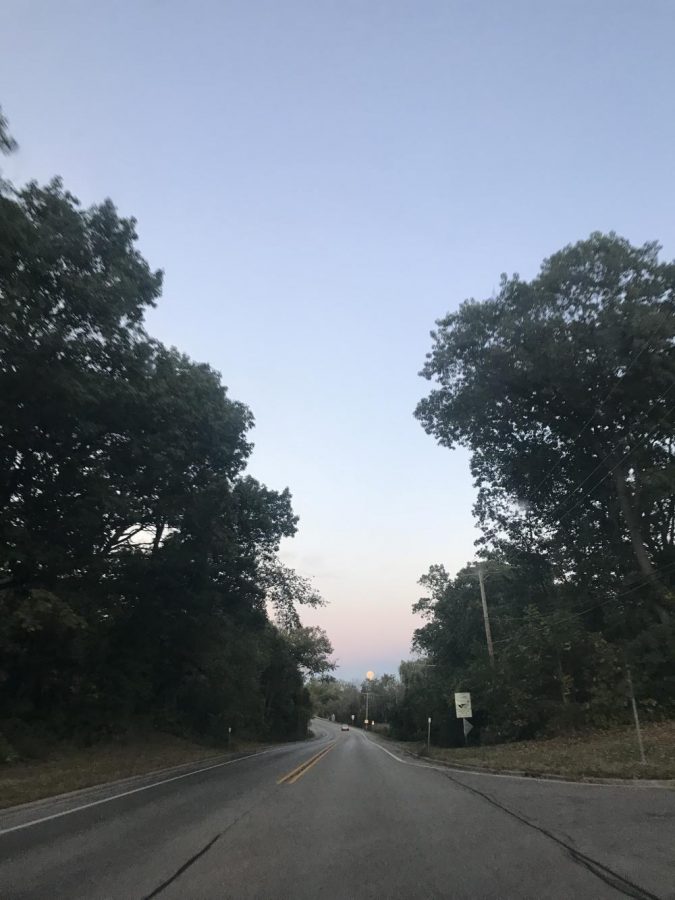How Sunrises and Sunsets Get Their Color
The reasons behind the different colors in skies.
Lately our skies have been filled with beautiful orange and pink ripples every time the sun sets and it’s not just by chance.
“The colors of the sunset result from a phenomenon called scattering,” professor of meteorology at UW-Madison, Steven Ackerman said. “Molecules and small particles in the atmosphere change the direction of light rays, causing them to scatter.”
So during the day, the reason why we see blue skies is because short wavelengths given off by the colors blue and violet are scattered by molecules in the air more than the other colors in the spectrum; therefore causing the bluish skies we see every day.
The same reason our skies appear blue during the day, is the reason sunsets often have yellow, orange and red color to them. The reason we see the different colors is because the sun is low on the horizon, causing more sunlight passes through the air at sunset and sunrise than during the day. So more sunlight means more molecules to scatter the blue and violets. So when the path is long enough the blue and violet scatter completely while the reds, oranges and yellows come to your eyes due to their wavelength. That is why more often the sunsets have the red, orange and yellow colors.
“My favorite colors to see are the deep yellows and pinks,” sophomore Adalia Tate said.
Not only our the colors of the sunrise and sunset affected by the sun’s position in the sky but they are affected by ash and debris that is in the air.
The dust created from the ash and the debris float in the air for years, which effects the sky.
“The finer dust particles remain aloft for years and spread around the world while the sulphur dioxide evolves to an aerosol of sulfur acids that add to the particulates,” according to Atmospheric Optics. “The dust and aerosol produce vivid sunset and twilight effects like the intense yellow-red horizon and purple-pink glows of the photograph.”
Not only do our eyes play a role in the beautiful skies we see, but the very earth and natural elements create the picture perfect sunrises and sunsets we take in.












